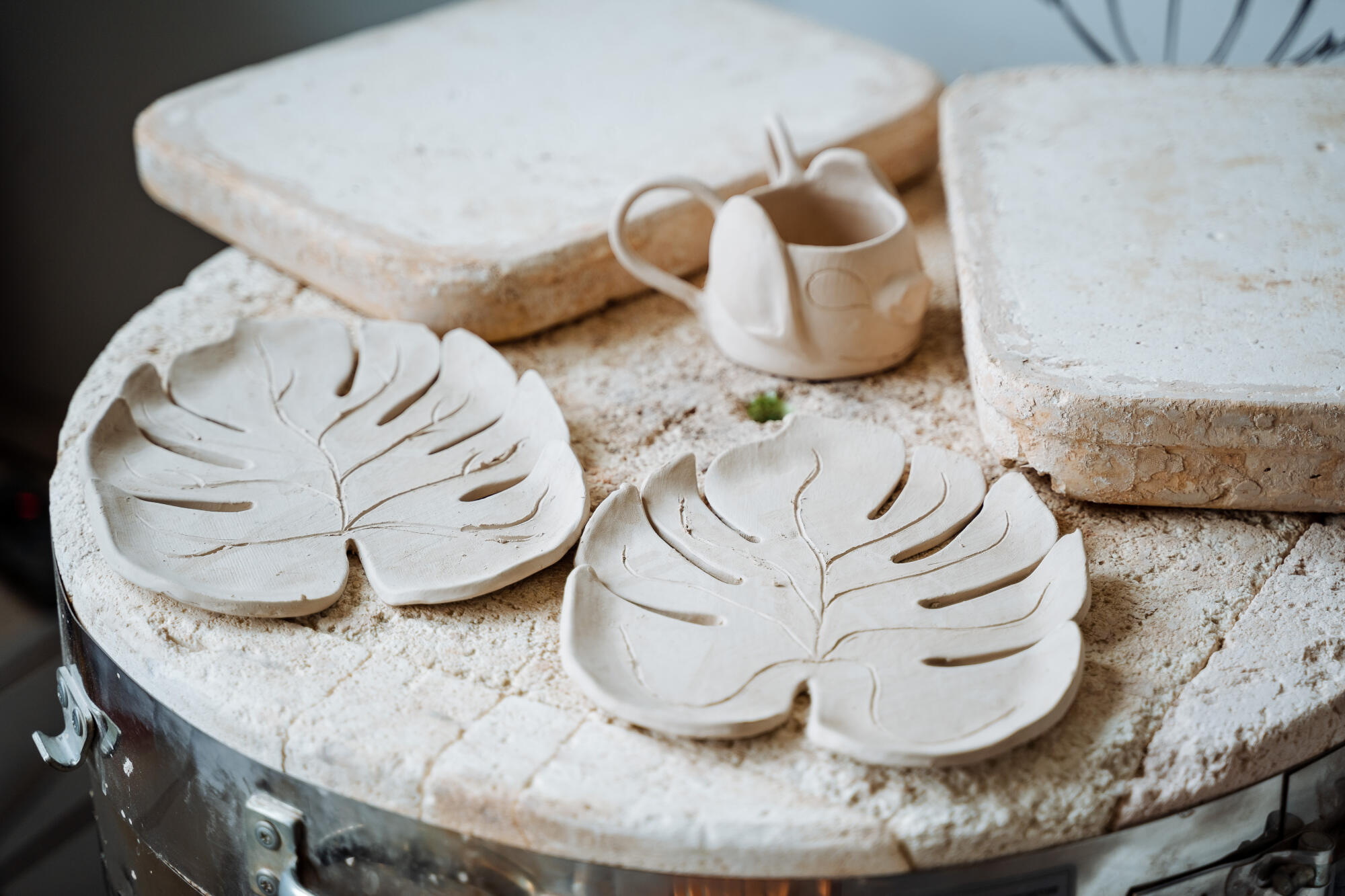Creating beautiful pieces with casting plaster is both an art and a science.
Maintaining and repairing your plaster mold castings can make all the difference in preserving the lifelike quality of your work. This is whether you’re a seasoned artist or just starting.
This guide aims to equip you with the knowledge and tools needed to keep your plaster creations in pristine condition.
So, read on!
Clean the Surface
Regularly cleaning the surface may seem like a simple task. But, it can greatly impact the overall appearance and longevity of your piece.
Dust and debris can easily accumulate on the surface of plaster. This is especially true if it is displayed in an open or outdoor setting. These particles can dull the shine of your creation and even cause discoloration over time. Therefore, it’s essential to regularly dust or wipe down your plaster pieces with a soft cloth.
In addition to removing visible dust, it’s also important to keep an eye out for any small cracks or imperfections on the surface. These should be carefully filled and smoothed out to prevent further damage.
Use Plaster Patching Compound
For more serious cracks or imperfections, it’s best to use a plaster patching compound. This can easily be found at most hardware or craft stores.
To use, mix the compound according to the instructions and carefully apply it over the damaged area with a putty knife. Make sure to smooth out any excess and allow it to dry completely before sanding down for a seamless finish.
Sand the Surface
Sanding the surface of your plaster mold casting piece can help remove any rough or uneven areas, as well as smooth out any patching compound. It’s important to use fine-grit sandpaper and work slowly and carefully to avoid creating more damage.
After sanding, be sure to wipe down the surface with a damp cloth to remove any dust before moving on to the next step. This will ensure a clean and smooth surface for your finishing touches.
Reinforce with Mesh for Larger Cracks
For larger cracks or areas where the plaster may be weak, it’s helpful to reinforce it with mesh. This can be done by carefully cutting a piece of fiberglass mesh to fit the area and applying it with a layer of patching compound.
The mesh will add strength and stability to the plaster, preventing further cracking or damage in the future. This is especially important for outdoor pieces that may experience more wear and tear.
Seal the Plaster
Once your piece is clean and any imperfections have been filled and sanded, it’s important to seal the surface for added protection. This can be done with a clear polyurethane or varnish specifically designed for plaster.
Be sure to follow the instructions carefully and apply multiple coats if necessary. This will help to protect the surface from moisture, dust, and other elements that could potentially damage your creation.
Moreover, the sealant can also enhance the shine and overall appearance of your plaster piece. This is especially important for pieces that will be displayed in areas with high humidity or frequent handling.
Fix Broken Pieces with Adhesive
In the unfortunate event that a piece of your plaster creation breaks, don’t despair. It can often be fixed with a strong adhesive specifically designed for use with plaster.
Carefully align the broken pieces and apply a thin layer of adhesive to one side before pressing them together firmly. Hold in place until the adhesive dries completely, then reinforce with additional layers if needed.
Touch Up Paint
If your plaster piece has been painted, it’s important to touch up any areas that may have become chipped or faded over time. Use the same type of paint and carefully match the color to maintain a seamless appearance.
Moreover, if you’re feeling adventurous, you can even experiment with different paint techniques to add new depth and dimension to your piece. This is a great way to revitalize an older creation or add a unique touch to a new one.
Regular Dusting and Inspection
The key to maintaining your plaster creations is regular dusting and inspection. This will help you catch any potential issues early on and prevent further damage. Additionally, it’s important to display your pieces in a safe and stable environment to prevent accidents or damage.
Dusting and inspecting your plaster castings should be done at least once a month. But, it may need to be done more frequently depending on the location and conditions they are displayed in.
Avoid Exposure to Moisture
Plaster is a porous material and can easily be damaged by exposure to moisture. Therefore, it’s important to avoid displaying your pieces in areas with high humidity or where they may come into contact with water.
If you do need to clean your plaster piece, use a damp cloth and immediately dry it afterward. Avoid using any harsh chemicals or abrasive materials that could damage the surface.
If you read this page on aluminum castings, you’ll understand better about material science and the properties of different casting materials. This goes the same with how they are affected by moisture.
Store Carefully
If you need to store your plaster creations, it’s important to do so carefully. Make sure they are completely dry and clean before packing them away in a sturdy box or container. Additionally, avoid placing heavy objects on top of them to prevent any cracking or damage.
Take note that storing your pieces in a damp or humid location can also cause damage over time. So, be sure to store them in a cool and dry place. This will help to protect their quality and preserve them for years to come.
Repair and Maintain Your Casting Plaster Creations the Right Way
Maintaining and repairing your plaster mold castings is an essential part of creating beautiful and long-lasting pieces. By following these tips, you can ensure that they remain in pristine condition for years to come.
With these tips and techniques in mind, you can confidently care for your casting plaster creations with ease. Keep creating and enjoy your beautiful artwork!
Keep an eye for more news & updates on TimesAnalysis.Com!



